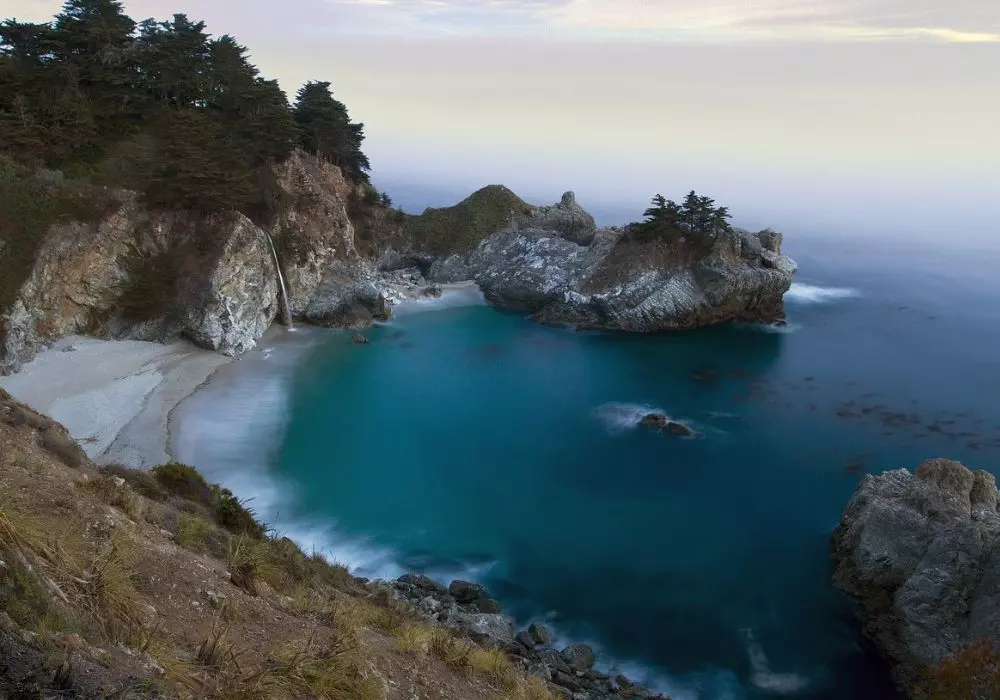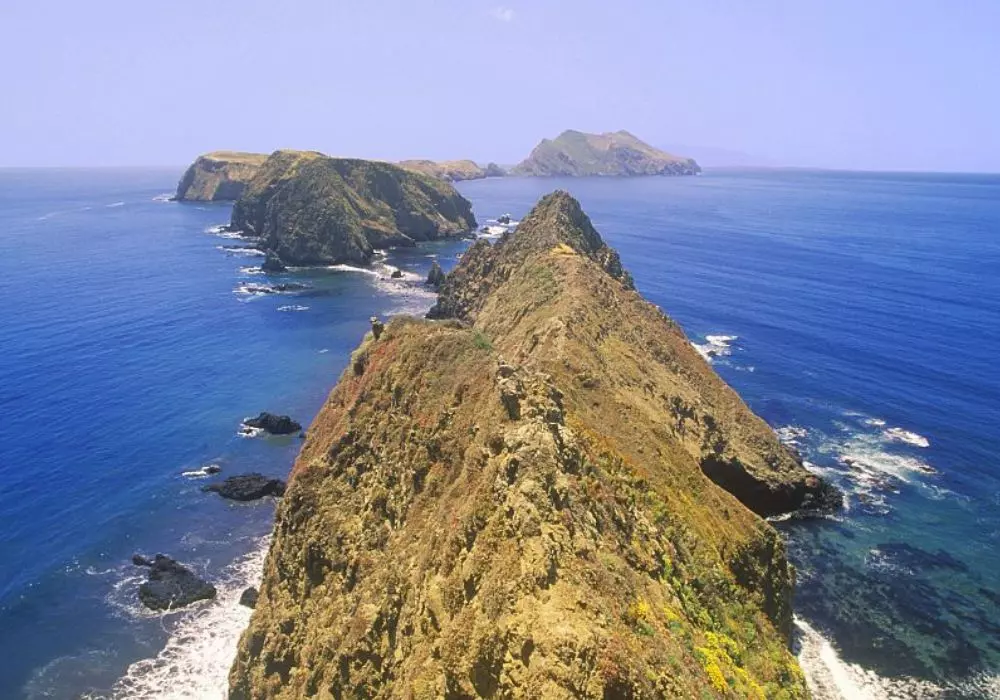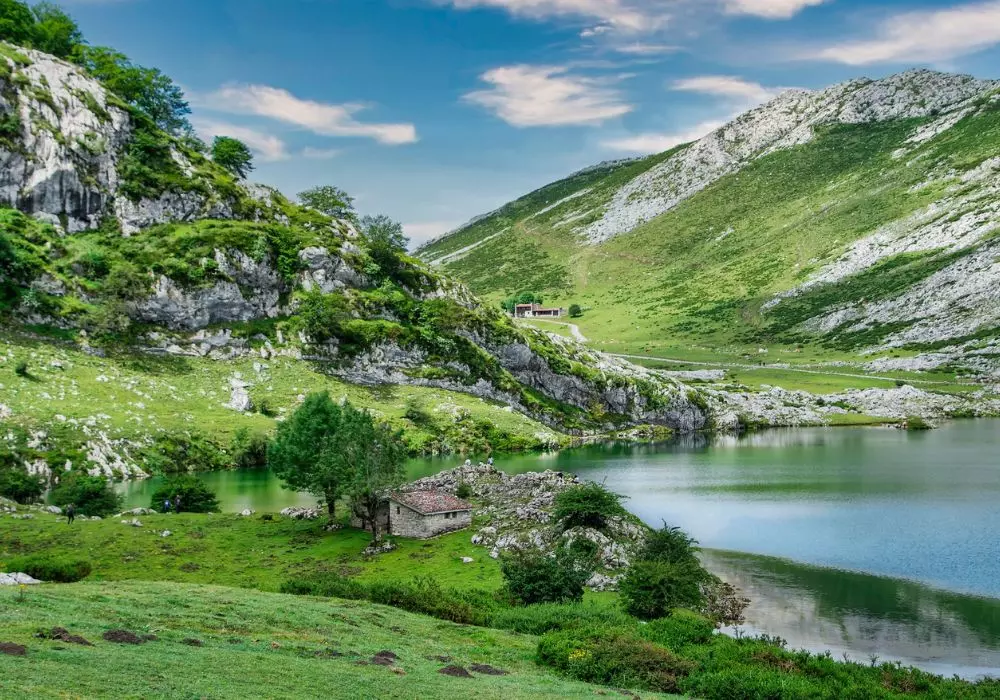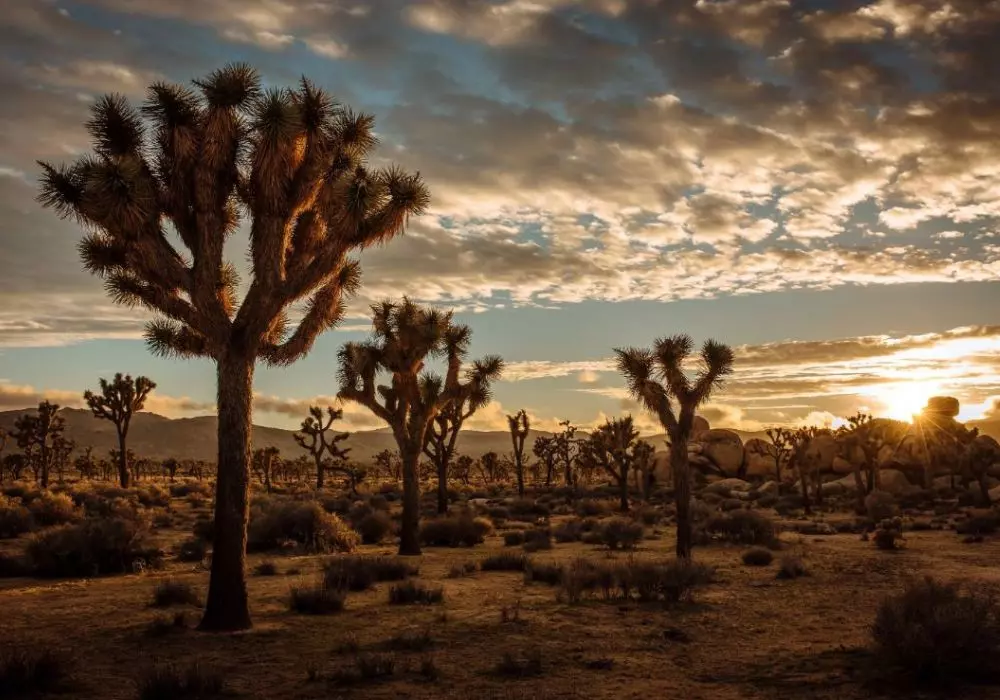Big Sur, a 90-mile stretch of California’s central coast between Carmel and San Simeon, is one of the most scenic and awe-inspiring places in the world.
With its rugged cliffs, sweeping ocean views, towering redwoods, and pristine beaches, Big Sur offers an unparalleled natural experience that draws visitors from all over the globe.
The region is often described as the place where the Santa Lucia Mountains meet the Pacific Ocean, creating a dramatic and breathtaking landscape that has inspired artists, writers, and adventurers for decades.
This guide will take you on an in-depth exploration of Big Sur, covering its geography, natural beauty, cultural heritage, outdoor activities, and essential tips for planning your visit.
Whether you’re planning your first trip or are a seasoned visitor, this article will provide you with everything you need to know to make the most of your time in this extraordinary place.
The Geography and Geology of Big Sur
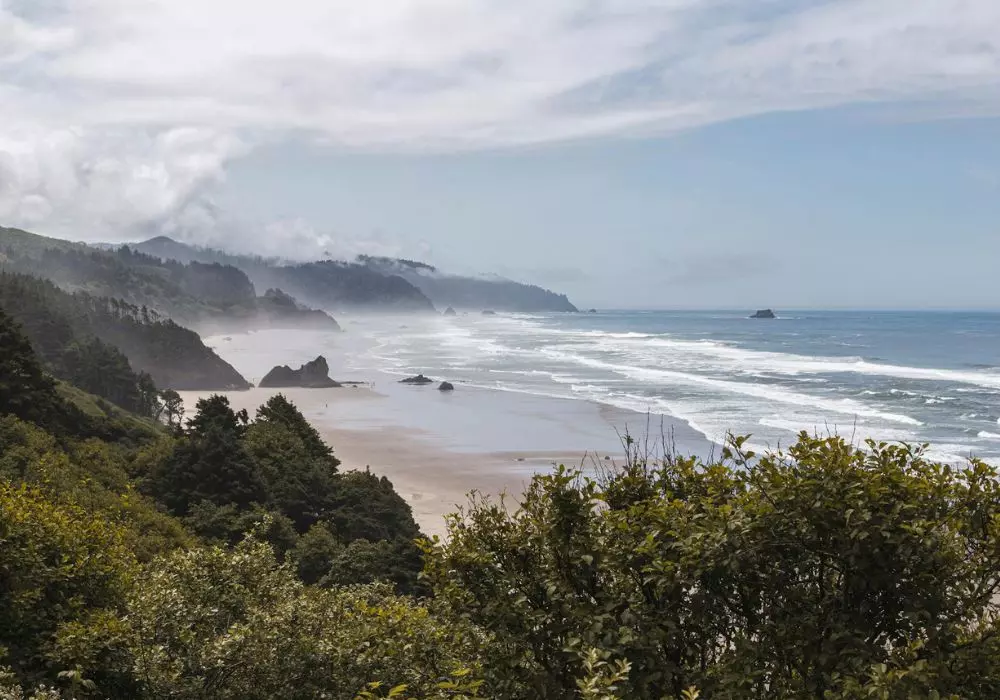

Big Sur’s geography is defined by its dramatic topography, where the Santa Lucia Mountains rise abruptly from the Pacific Ocean, creating some of the most stunning coastal scenery in the world.
This rugged terrain is the result of millions of years of geological activity, including the shifting of the Earth’s tectonic plates along the San Andreas Fault.
This movement has created a landscape of steep cliffs, deep canyons, and rocky shores that are as treacherous as they are beautiful.
One of the most iconic geological features of Big Sur is the Point Sur Lighthouse, which sits atop a massive volcanic rock formation that juts out into the ocean.
Built in 1889, the lighthouse has guided countless ships safely along this dangerous stretch of coastline and remains a symbol of Big Sur’s rugged beauty.
Inland, the terrain of Big Sur is equally impressive.
The Ventana Wilderness, a vast area of protected land within the Los Padres National Forest, is home to some of the most pristine and untouched landscapes in California.
Here, you’ll find steep canyons, granite peaks, and dense forests that are perfect for hiking, camping, and exploring.
The Natural Beauty of Big Sur
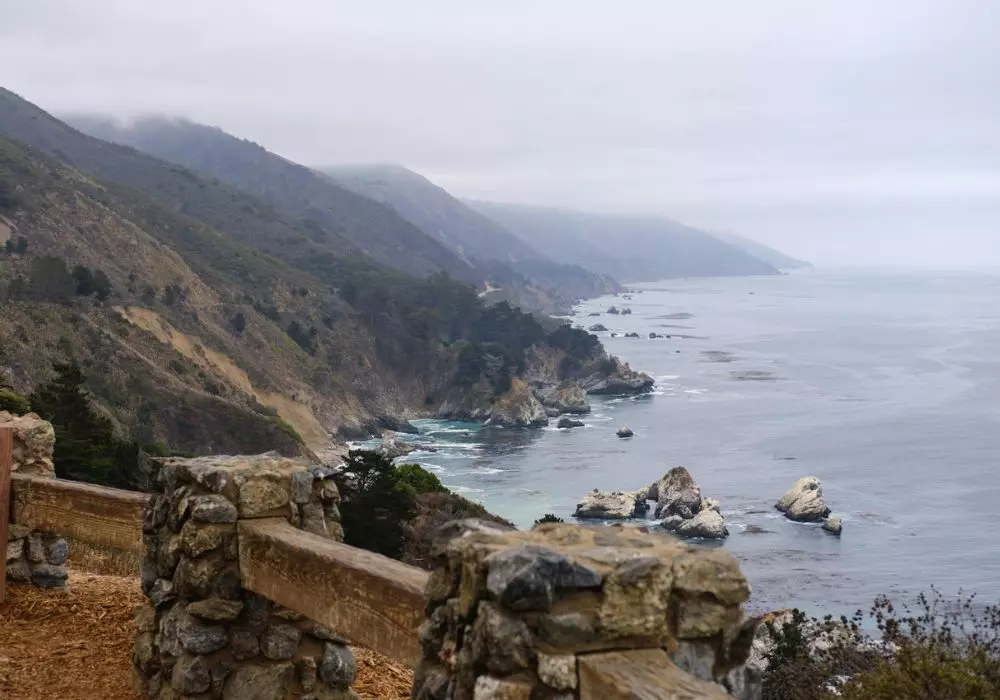

Big Sur’s natural beauty is legendary, with its towering redwoods, dramatic cliffs, and panoramic ocean views.
The area is home to several state parks that showcase the best of what Big Sur has to offer.
Pfeiffer Big Sur State Park: Often referred to as the “mini Yosemite,” Pfeiffer Big Sur State Park is one of the most popular destinations in Big Sur.
The park is home to ancient redwoods, lush meadows, and the picturesque Big Sur River.
Visitors can hike through the park’s many trails, including the popular Valley View Trail, which offers stunning views of the Big Sur Valley and the Pacific Ocean.
The park is also home to Pfeiffer Falls, a beautiful waterfall that cascades 60 feet into a lush canyon.
Julia Pfeiffer Burns State Park: Named after a respected pioneer woman, this park is famous for McWay Falls, an 80-foot waterfall that spills onto a secluded beach, one of the most photographed spots in Big Sur.
The park also features coastal trails that offer breathtaking views of the ocean and the rugged coastline.
The Ewoldsen Trail is a must-hike, taking visitors through redwood groves and offering panoramic vistas of the coastline.
Garrapata State Park: Located at the northern end of Big Sur, Garrapata State Park offers stunning coastal views, rocky bluffs, and sandy beaches.
The park is less crowded than some of the more popular spots in Big Sur, making it a great place for those looking to escape the crowds.
The Soberanes Point Trail offers a short but scenic hike along the coast, with opportunities to spot sea lions, otters, and migrating whales.
Andrew Molera State Park: This park offers a more rugged and undeveloped experience compared to others in Big Sur.
It features the longest stretch of beach in Big Sur, where the Big Sur River meets the Pacific Ocean.
The park is a haven for birdwatchers, with over 200 species of birds recorded here.
The Bluffs Trail offers sweeping views of the coastline, while the Beach Trail leads to a secluded beach that’s perfect for a quiet picnic.
Point Lobos State Natural Reserve: Although technically just north of Big Sur, Point Lobos is often included in any visit to the region.
It’s known as the “crown jewel” of California’s state parks and offers stunning ocean views, unique rock formations, and diverse marine life.
The Cypress Grove Trail is a highlight, winding through ancient cypress trees and offering views of the rugged coastline.
The Cultural and Artistic Heritage of Big Sur
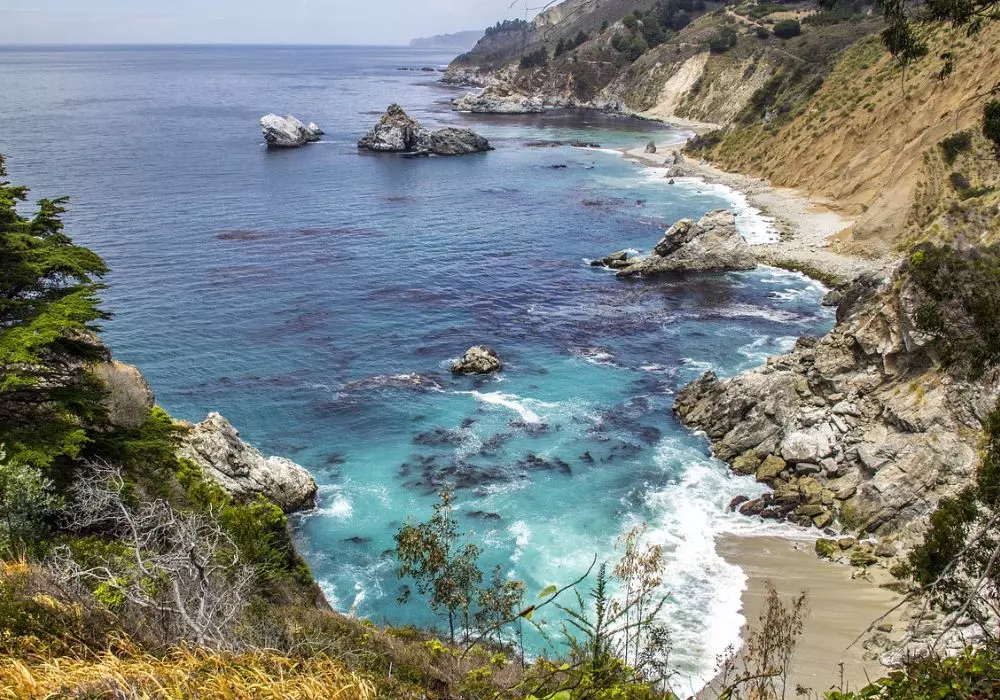

Big Sur has long been a haven for artists, writers, and thinkers, drawn to its remote beauty and spiritual allure.
The area’s cultural history is rich, with a legacy that includes Native American heritage, Spanish exploration, and the bohemian artists of the 20th century.
Native American Heritage: Before the arrival of European settlers, the region was inhabited by the Esselen and Rumsen Ohlone tribes, who lived off the land and sea.
These indigenous peoples had a deep connection to the natural world, and evidence of their presence can still be found in the form of shell middens, petroglyphs, and other archaeological sites.
Spanish Exploration: In the late 18th century, Spanish explorers arrived in Big Sur, establishing missions and laying claim to the land.
The influence of Spanish culture can still be seen in the architecture and place names throughout the region.
Bohemian Artists and Writers: In the 20th century, Big Sur became a refuge for artists, writers, and countercultural figures seeking solitude and inspiration.
Writers like Henry Miller, who lived in Big Sur for several years, and Jack Kerouac, who immortalized the area in his novel “Big Sur,” found the rugged beauty of the coastline to be a powerful muse.
The Henry Miller Memorial Library, located in Big Sur, is a cultural hub that celebrates this legacy, hosting literary events, concerts, and art exhibitions.
The Beat Generation: The Beat poets and writers of the 1950s and 60s were also drawn to Big Sur, finding in its wild landscape a reflection of their own desire for freedom and authenticity.
Lawrence Ferlinghetti, Allen Ginsberg, and other members of the Beat Generation spent time in Big Sur, and their work often reflects the influence of the area’s natural beauty.
Outdoor Activities in Big Sur
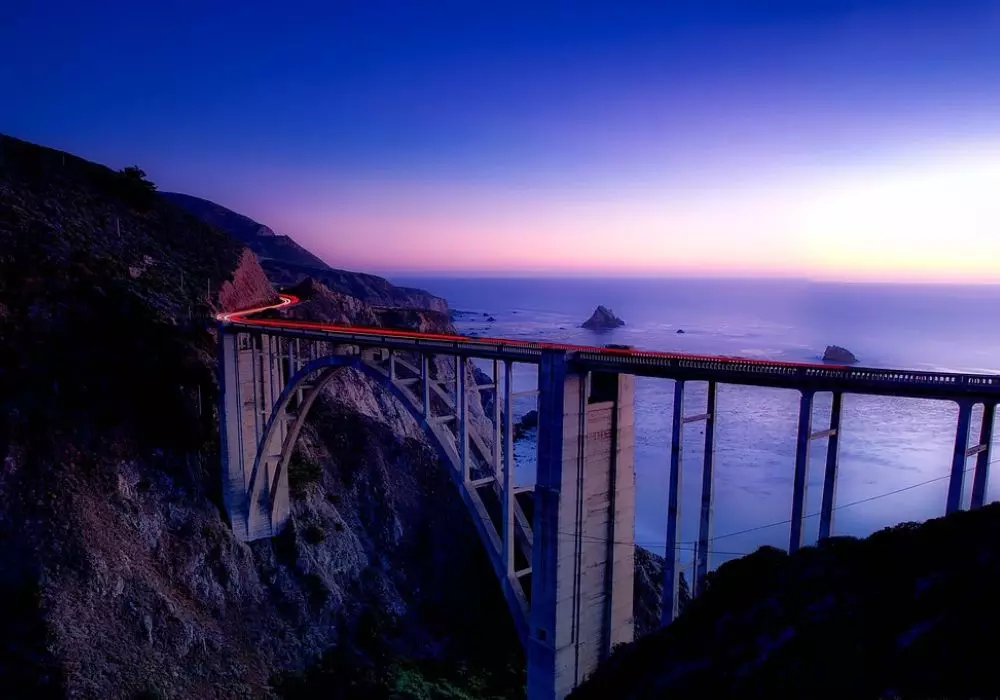

Big Sur offers a wide range of outdoor activities for visitors, from hiking and camping to surfing and wildlife watching.
Whether you’re an adrenaline junkie or someone seeking peace and solitude, there’s something for everyone in Big Sur.
Hiking: Big Sur is a hiker’s paradise, with trails ranging from easy walks to challenging backcountry routes.
The Pacific Coast Highway offers access to numerous trailheads, each offering its own unique views and experiences.
Popular hikes include the McWay Waterfall Trail, the Ewoldsen Trail, and the Buzzard’s Roost Trail, which takes hikers through redwood groves and offers panoramic views of the coast.
Camping: Camping in Big Sur is an unforgettable experience, with campgrounds offering everything from basic tent sites to more developed spots with amenities.
Pfeiffer Big Sur State Park is a favorite, with sites nestled among redwoods along the Big Sur River.
For those seeking a more remote experience, Ventana Campground offers a more secluded setting, with sites set deep in the forest.
For a truly unique experience, consider camping on one of Big Sur’s beaches, such as Andrew Molera State Park, where you can fall asleep to the sound of waves crashing on the shore.
Surfing: The rugged coastline of Big Sur offers some excellent surfing opportunities, particularly for experienced surfers.
The waters can be rough, and access to some of the best spots can be challenging, but the reward is often uncrowded waves and stunning scenery.
Sand Dollar Beach is one of the most popular surf spots in the area, with consistent waves and a beautiful sandy beach.
Wildlife Watching: Big Sur is home to a diverse array of wildlife, including sea otters, California condors, and gray whales.
The coastline offers excellent opportunities for spotting marine life, with sea lions and otters often seen frolicking in the kelp forests.
Gray whales migrate along the coast from December to April, and there are several spots along the Pacific Coast Highway where you can stop and watch these majestic creatures as they pass by.
The California condor, one of the rarest birds in the world, can also be seen soaring above the cliffs of Big Sur, thanks to ongoing conservation efforts to bring this species back from the brink of extinction.
Photography: The stunning landscapes of Big Sur make it a photographer’s dream.
Whether you’re capturing the dramatic cliffs and crashing waves, the misty redwood forests, or the vibrant sunsets over the Pacific, there’s no shortage of inspiration.
The Bixby Creek Bridge is one of the most photographed spots in Big Sur, offering a stunning backdrop for any shot.
For a more off-the-beaten-path experience, head to Pfeiffer Beach, where the unique rock formations and purple sand create a surreal and otherworldly atmosphere.
Planning Your Visit to Big Sur
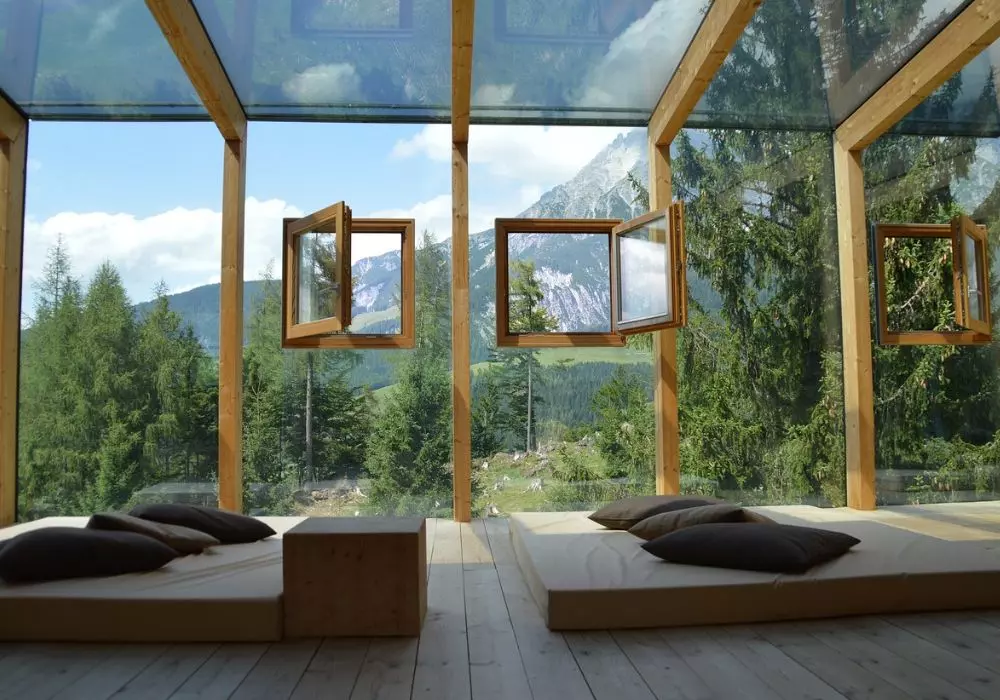

Visiting Big Sur requires some planning, especially during the peak tourist season, but the effort is well worth it.
Here are some tips to help you make the most of your trip:
When to Visit: The best time to visit Big Sur depends on what you want to experience. Spring (March to May) offers mild temperatures, blooming wildflowers, and fewer crowds.
Summer (June to August) is the peak tourist season, with warm weather and long days, but it can also be crowded, especially on weekends.
Fall (September to November) is a great time to visit, with cooler temperatures and beautiful fall foliage.
Winter (December to February) brings cooler weather and the possibility of rain, but it’s also the best time for a quieter experience, with fewer crowds and lush green landscapes.
Winter is also prime time for whale watching, as gray whales migrate along the coast.
Although the weather can be cooler and rainy, the dramatic coastal views and quieter atmosphere make it a rewarding time to explore Big Sur.
Accommodations: Big Sur offers a range of accommodations, from luxury resorts and cozy inns to rustic cabins and campgrounds. It’s important to book early, especially during peak seasons, as availability can be limited.
Getting There: Big Sur is most easily accessed by car via the Pacific Coast Highway (Highway 1), one of the most scenic drives in the world.
The drive itself is a major part of the Big Sur experience, with countless pullouts and viewpoints where you can stop and take in the stunning scenery.
If you’re driving from the north, the journey from Monterey to Big Sur takes about an hour, while the drive from the south, starting in San Luis Obispo, takes about two hours.
Be prepared for winding roads and the occasional closure due to landslides, especially in the winter months.
What to Pack: The weather in Big Sur can be unpredictable, so it’s important to pack layers that can be added or removed as needed. Even in summer, mornings and evenings can be cool, so bring a warm jacket.
Comfortable hiking shoes are essential if you plan to explore the trails, and don’t forget your camera to capture the stunning landscapes.
If you’re planning to camp, be sure to pack all necessary camping gear, including a tent, sleeping bag, and cooking supplies.
Also, bring plenty of water and snacks, as amenities can be sparse in some parts of Big Sur.
Safety Considerations: Big Sur is a remote and rugged area, so it’s important to be prepared and stay safe.
Cell service can be spotty or nonexistent in many areas, so it’s a good idea to download maps and information before you go.
When hiking, always stay on marked trails and be aware of your surroundings. The cliffs along the coast can be unstable, so keep a safe distance from the edge.
If you’re visiting during the rainy season, be aware of the potential for landslides and road closures.
Finally, practice Leave No Trace principles to help preserve the beauty of Big Sur for future generations.
Hidden Gems and Off-the-Beaten-Path Attractions
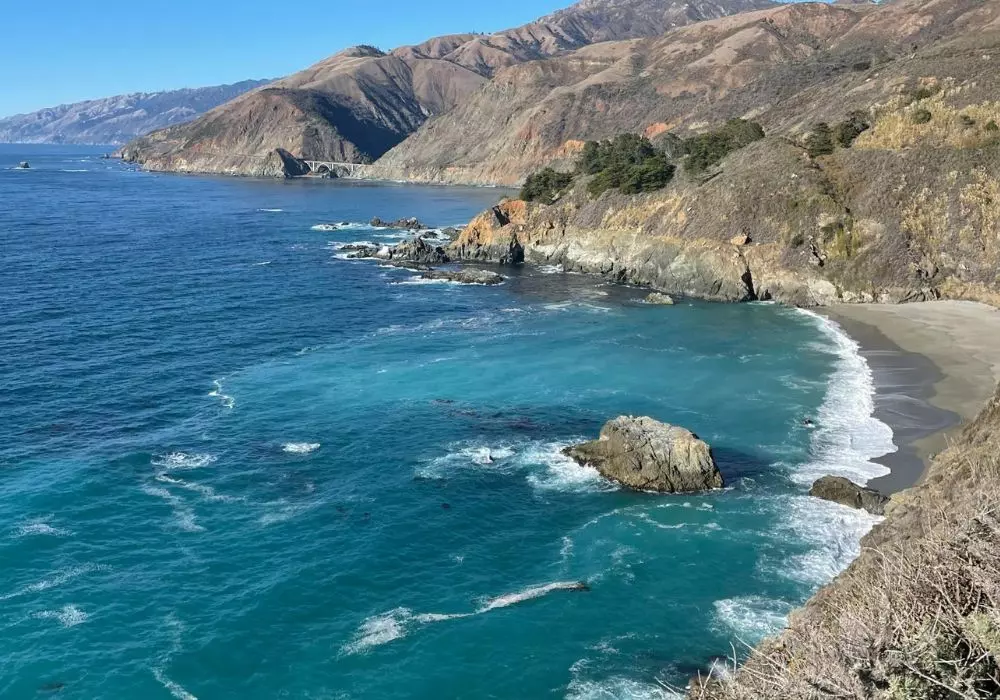

While the major state parks and well-known landmarks of Big Sur are certainly worth visiting, there are also many hidden gems and lesser-known spots that offer a more intimate and unique experience.
Pfeiffer Beach: Tucked away at the end of a narrow, winding road, Pfeiffer Beach is one of Big Sur’s most secluded and beautiful beaches. It’s known for its stunning rock formations, including the iconic Keyhole Arch, and its unique purple sand, which gets its color from manganese garnet deposits in the surrounding cliffs.
The beach is often less crowded than other parts of Big Sur, making it a perfect spot for a quiet picnic or a sunset stroll.
Partington Cove: This hidden gem is a short but steep hike from the Pacific Coast Highway and offers a secluded cove with dramatic cliffs and crystal-clear water.
The trail takes you through a tunnel and down to the rocky shore, where you can explore tide pools and enjoy the sound of the waves crashing against the rocks.
Partington Cove is a great spot for those looking to escape the crowds and experience the rugged beauty of Big Sur up close.
Limekiln State Park: Located in the southern part of Big Sur, Limekiln State Park is a lesser-known gem that offers a mix of coastal beauty and historical intrigue.
The park is named after the lime kilns that were used in the late 19th century to produce lime for cement.
The kilns are still standing and can be seen on a short hike through the redwoods.
The park also features a beautiful beach and several hiking trails that take you through redwood groves and along scenic streams.
Esalen Institute: For those interested in wellness and spiritual growth, the Esalen Institute offers workshops, retreats, and a chance to soak in natural hot springs overlooking the Pacific Ocean.
Founded in 1962, Esalen has been a center for alternative education, with a focus on human potential, consciousness, and holistic health.
Even if you’re not attending a workshop, you can book a spot in the hot springs, which are open to the public during select hours.
New Camaldoli Hermitage: Located high in the mountains above Big Sur, the New Camaldoli Hermitage is a peaceful retreat center run by Benedictine monks.
The hermitage offers a place for quiet reflection and meditation, with stunning views of the ocean and the surrounding wilderness.
Visitors can stay overnight in one of the hermitage’s guest rooms or just stop by the bookstore and chapel for a few hours of solitude.
The Best Spots for Photography in Big Sur
Big Sur’s breathtaking landscapes make it a paradise for photographers.
Whether you’re a professional or an amateur, there are countless opportunities to capture stunning images of the coastline, mountains, and forests.
Bixby Creek Bridge: One of the most iconic landmarks in Big Sur, Bixby Creek Bridge is a must-visit spot for photographers.
The bridge, which spans a deep canyon along the coast, offers a dramatic backdrop for photos, particularly at sunset when the light bathes the scene in a warm glow.
There are several pullouts along the Pacific Coast Highway where you can stop and capture the perfect shot.
McWay Falls: This 80-foot waterfall, located in Julia Pfeiffer Burns State Park, is one of the most photographed spots in Big Sur.
The waterfall flows year-round and drops directly onto the beach below, creating a picture-perfect scene.
The best time to photograph McWay Falls is in the late afternoon when the sun is low in the sky, casting a soft light on the waterfall and the surrounding cliffs.
Pfeiffer Beach: Known for its unique purple sand and stunning rock formations, Pfeiffer Beach is a favorite spot for photographers.
The Keyhole Arch, in particular, is a popular subject, especially during the winter months when the setting sun shines directly through the arch.
The beach is also a great place to capture long-exposure shots of the waves as they crash against the rocks.
Point Sur Lighthouse: Perched on a volcanic rock formation jutting out into the ocean, Point Sur Lighthouse is another great spot for photography. The lighthouse itself is a striking subject, and the surrounding landscape offers plenty of opportunities for dramatic coastal shots. Guided tours of the lighthouse are available, allowing you to capture unique perspectives from the top of the rock.
Garrapata State Park: This lesser-known park offers some of the best coastal views in Big Sur, with rocky bluffs, wildflowers, and the crashing waves of the Pacific.
The Soberanes Point Trail is a great spot for photography, offering panoramic views of the coastline and the chance to capture images of sea lions and otters in their natural habitat.
The Environmental Importance of Big Sur
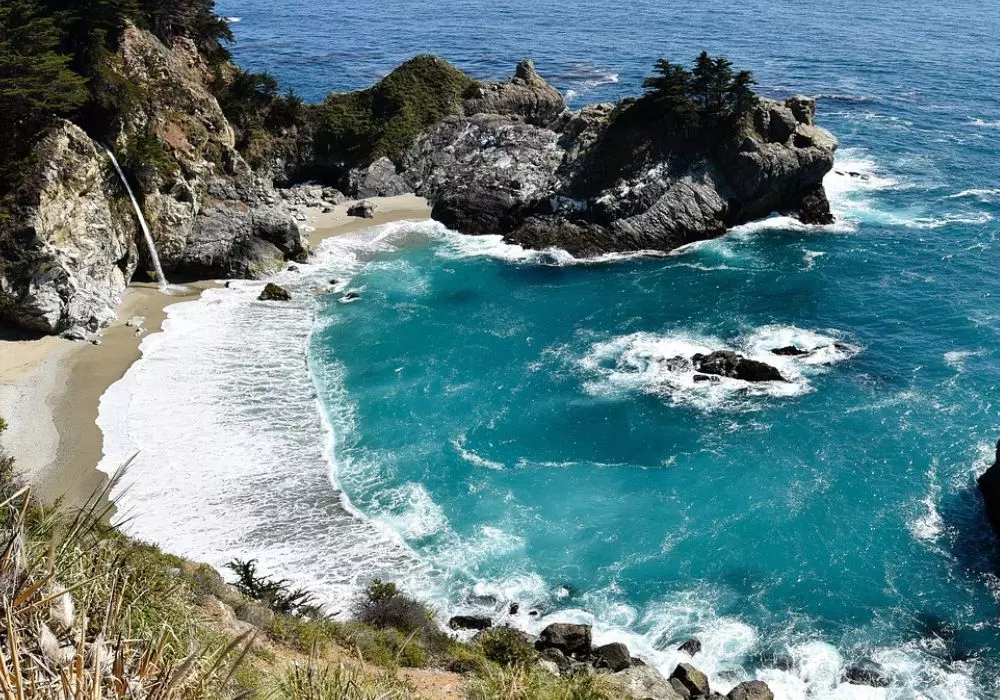

Big Sur is not just a place of stunning beauty; it’s also an area of great ecological importance.
The region’s diverse habitats support a wide range of plant and animal species, some of which are found nowhere else on Earth.
Preserving this unique environment is crucial for maintaining the biodiversity and natural beauty of Big Sur.
Redwood Forests: The towering redwoods of Big Sur are among the oldest and tallest trees in the world.
These ancient forests provide habitat for a variety of wildlife, including the endangered marbled murrelet and the northern spotted owl.
Redwoods also play a critical role in the ecosystem by storing carbon, filtering water, and stabilizing the soil.
Marine Life: The waters off the coast of Big Sur are home to a rich array of marine life, including sea otters, harbor seals, and a variety of fish and invertebrates.
The kelp forests that thrive in the cool, nutrient-rich waters provide shelter and food for many species, making the area a vital part of the marine ecosystem.
Marine protected areas along the Big Sur coast help safeguard these important habitats.
Condor Recovery: Big Sur is one of the few places in the world where you can see the California condor in the wild.
These majestic birds, with wingspans of up to 10 feet, were once on the brink of extinction, but conservation efforts have brought them back from the edge.
The Ventana Wildlife Society has been instrumental in the recovery of the condor population in Big Sur, and their ongoing work continues to protect these incredible birds.
Land Conservation: Much of Big Sur is protected as part of state parks, national forests, and private land trusts.
These protections help ensure that the region’s natural beauty and ecological integrity are preserved for future generations.
However, the area still faces threats from development, tourism, and climate change, making ongoing conservation efforts essential.
Conclusion
Big Sur is a place like no other, where the natural beauty of the California coast meets a rich cultural heritage and a sense of wildness that is increasingly rare in our modern world.
Whether you’re drawn to the area for its dramatic landscapes, its outdoor adventures, or its artistic legacy, Big Sur offers an experience that is both awe-inspiring and deeply rejuvenating.
By taking the time to explore its hidden gems, appreciate its environmental significance, and respect its natural beauty, you can ensure that your visit to Big Sur is both memorable and meaningful.
Whether you’re hiking through redwood forests, photographing the sunset over the Pacific, or simply soaking in the serenity of this remarkable place, Big Sur is sure to leave a lasting impression on your soul.
